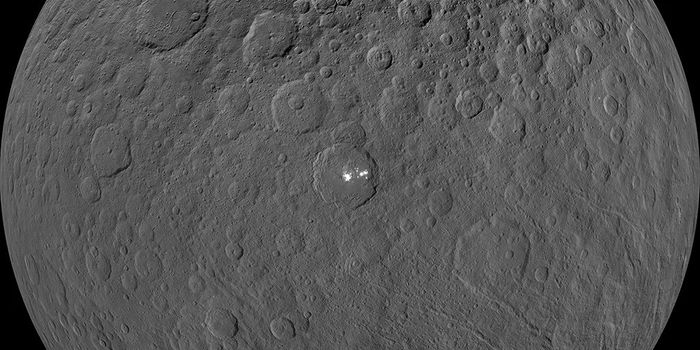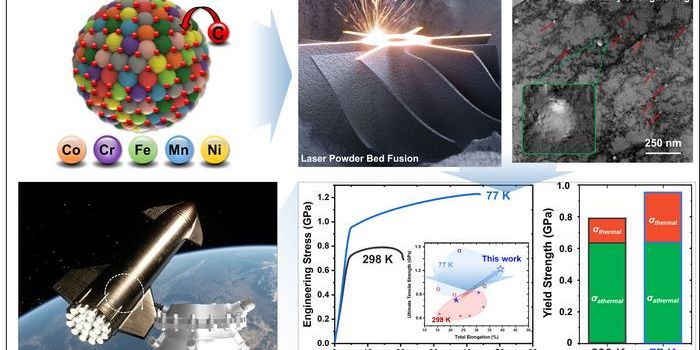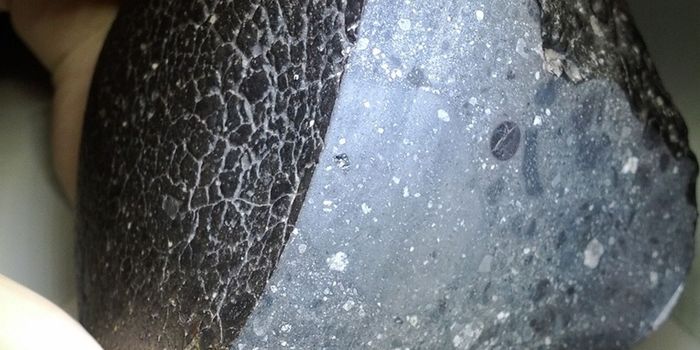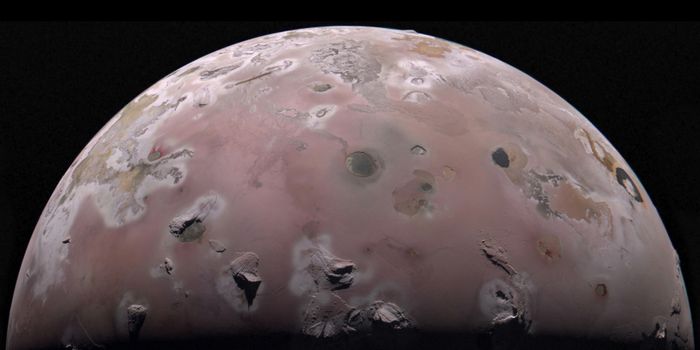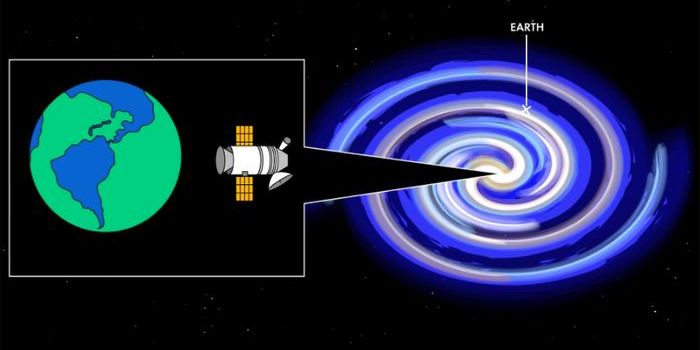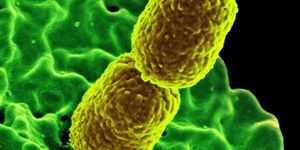Astronomers Have Found the Best Evidence of "Water Worlds" To Date
A recent paper published in Nature Astronomy presents a detailed study of the planetary system Kepler-138 and has found evidence that two exoplanets in this system may be “water worlds.”
“Water worlds” are defined as exoplanets where water makes up a significant fraction of the entire planet. These types of planets are unlike any that exist in our Solar System, but there are some icy moons that may have a similar composition; Europa and Enceladus are mostly composed of water and have a rocky core, although due to their low surface temperatures, the water exists in a solid state.
Astronomers used NASA’s Hubble Space Telescope and the Spitzer Space Telescope to conduct a detailed study of the planetary system Kepler-138, located 218 light-years away. The planetary system was previously discovered by NASA’s Kepler Space Telescope and found to have three planets in orbit around the host star: Kepler-138b, Kepler-138c, and Kepler-138d. The team wanted to learn more about the composition of exoplanets Kepler-138c and Kepler-138d, but additionally discovered evidence of a fourth planet in the system during the process, Kepler-138e.
The team was able to infer information about the masses and sizes of these exoplanets from their observations. The exoplanets are slightly bigger than Earth, but were found to have lower densities than Earth. This means that their compositions must vary significantly from Earth’s, which is composed of mostly metal and rock. Additionally, the densities of these planets were found to be denser than gas giant planets in our Solar System, which are composed of mostly hydrogen and helium.
Thus, a significant fraction of the volume of these planets must be composed of material that is denser than hydrogen and helium, but less dense than rocks and metals. A common material that would fall into this regime would be water. Therefore, Kelper-138c and Kepler-138d must be composed largely of water. Historically, planets of this size have all been found to be rocky worlds, so this is the best evidence for “water worlds” to date.
Source: Jet Propulsion Laboratory

